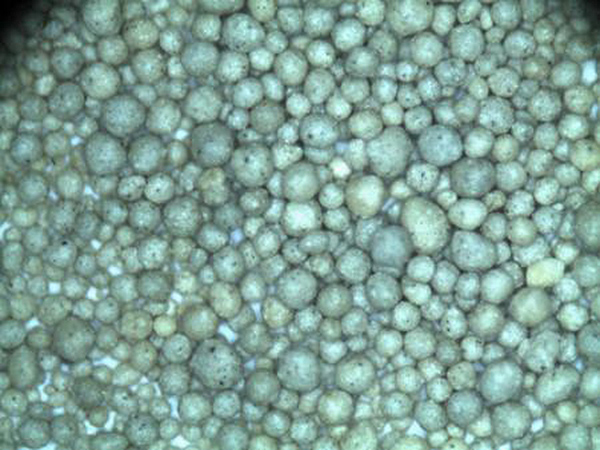Understanding Foundry Sand Density A Key Element in Metal Casting
Foundry sand plays a crucial role in the metal casting industry. It is primarily used to create molds and cores for metal parts, allowing for intricate shapes and high precision in the final product. One of the most critical properties of foundry sand is its density, which greatly influences the mold's performance and the quality of the cast metal.
What is Foundry Sand Density?
Foundry sand density refers to the mass per unit volume of sand used in the foundry process. It is typically measured in grams per cubic centimeter (g/cm³) or pounds per cubic foot (lb/ft³). The density of foundry sand can vary significantly depending on its composition, moisture content, and the type of sand used. Common types of foundry sand include silica sand, zircon sand, and olivine sand.
Importance of Density in Foundry Applications
The density of foundry sand affects various aspects of the casting process. Here are a few reasons why it is important
1. Mold Strength Higher density sands are generally more robust and can withstand the pressure exerted by molten metal during casting. A dense sand mix provides better resistance to deformation and erosion, leading to more durable molds.
2. Thermal Properties The density of sand also influences its thermal conductivity. Sands with higher density can absorb and retain heat more efficiently, which is crucial in controlling the cooling rate of the molten metal. This can lead to better metallurgical properties in the final casting.
3. Air Permeability While higher density improves mold strength, it can also affect air permeability. Adequate permeability is essential to allow gases to escape during the casting process, preventing defects such as blowholes. Therefore, finding the right balance in sand density is critical.
foundry sand density

4. Surface Finish The density and grain size of the foundry sand play a significant role in the surface finish of the final casting. Fine, densely packed sand creates smoother surfaces, reducing the need for extensive finishing processes.
5. Cost Efficiency Understanding and optimizing sand density can lead to cost savings. Using the right type of sand can reduce the amount needed for each mold, minimizing waste and improving the efficiency of the foundry process.
Factors Affecting Foundry Sand Density
Several factors contribute to the density of foundry sand, including
- Composition Different types of sand have varying densities. For instance, silica sand is lighter than zircon sand, impacting the overall density of the mold.
- Moisture Content The presence of moisture can add weight and affect the density. Too much moisture can lead to issues like mold collapse or steam explosions when molten metal is poured.
- Additives Other materials, such as binders or coatings, can also alter the density of foundry sand. These additives can improve mold properties but must be used judiciously to maintain the desired density.
Conclusion
In summary, foundry sand density is a vital parameter that impacts the overall quality and efficiency of metal casting processes. By carefully selecting and controlling the density of foundry sand, manufacturers can enhance mold strength, improve thermal properties, and achieve better surface finishes, leading to higher quality castings. As the foundry industry continues to evolve, understanding the intricacies of sand density will remain essential for achieving excellence in metal casting.
Post time:Сен . 16, 2024 10:56
Next:foundry sand price
